This is number three. I made it for my brother. The finish was horrible. It came back home before Thanksgiving, slated for a refinish job. Needless to say, I wasn't looking forward to it.
When I got the guitar, I realized how much I'd improved on the two guitars since. The neck was unacceptable as well as the finish. This guitar just made the trip back home to Texas. I'd like to share the results.
No, it's not perfect. There is still room for improvement. But I'm happy to have sent home a much better guitar the second time around. It's breathing new life with a better finish and a reshaped neck.
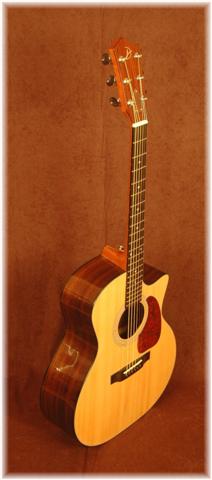
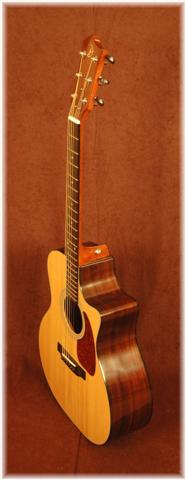
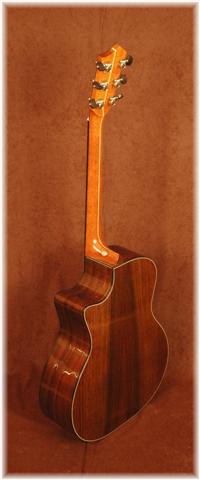
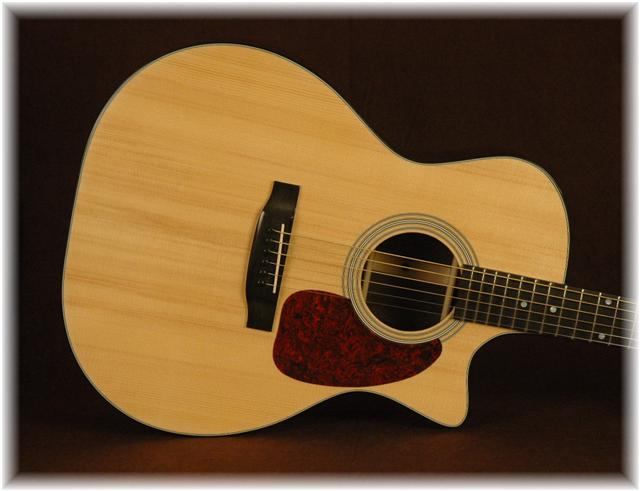
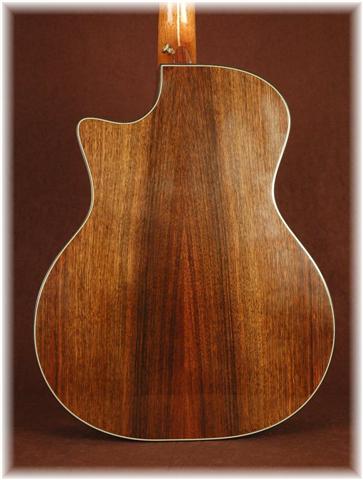
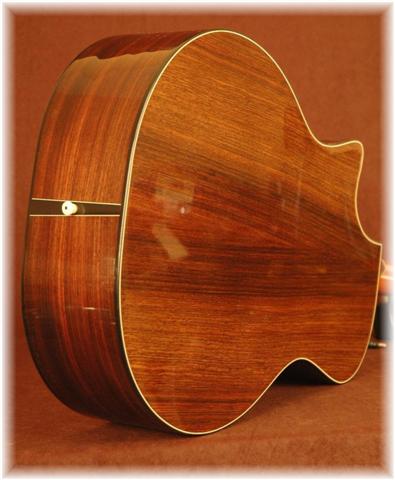
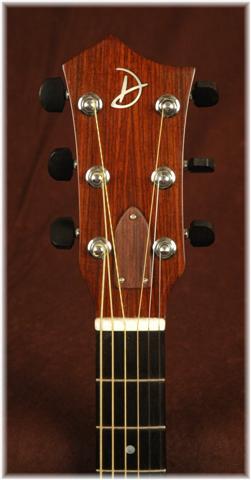
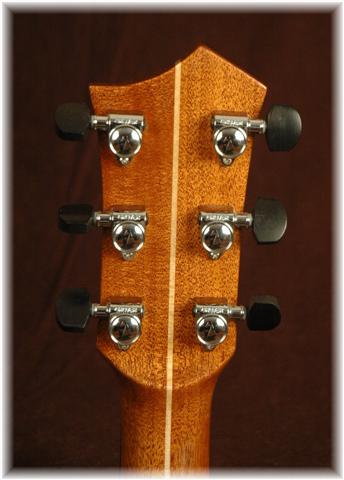
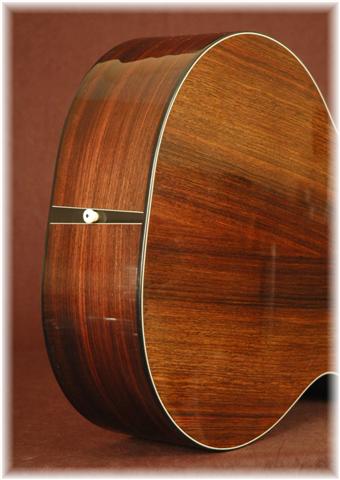
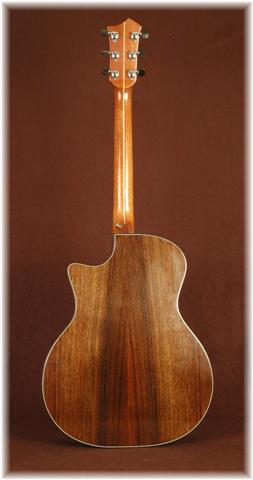
This is Indian Rosewood (allied) with an adirondack top (old standard) a honduran and maple neck (hogan). Body shape is grand auditorium (taylor), neck profile, (now taylor). Tail pin from a vintage D35, my brother saw it in my junk drawer and wanted it? Go figure.
Grover tuners with ebony buttons. LMI compression truss rod with glued in spline. Finish is fourteen coats of McFadden's lacquer, filler is the previous coat of hardware variety polyurethane. (not recommended, it's the reason I had to refinish)
Buffed with my DIY buffer posted on my website, 3M wet buffing compound, very messy. Then Menzerna fine white bar compound on the other wheel. Finally I used MacQuires 9 swirl remover by hand, and then MacQuires 7 polish by hand as well. Also, Ace polishing cloth available in the cleaning products section.
My brother has no idea how much work went into refinishing his guitar. It doesn't matter. What matters is, I'm proud of it again.




